Home>Gardening & Outdoor>Plant Care & Gardening Tips>When Do You Plant Wildflower Seeds In Illinois
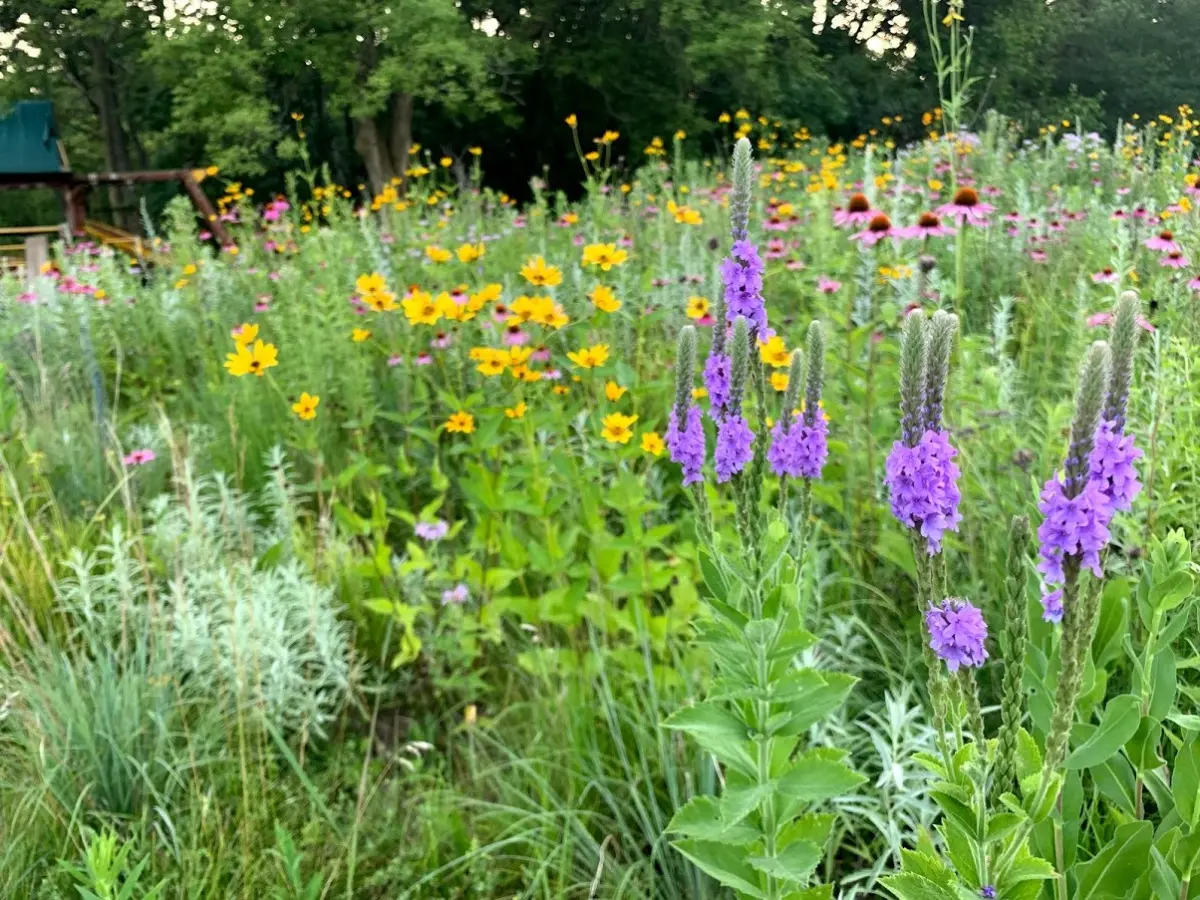

Plant Care & Gardening Tips
When Do You Plant Wildflower Seeds In Illinois
Modified: January 9, 2024
Discover the best time to plant wildflower seeds in Illinois and get expert plant care and gardening tips for a thriving garden. Learn when to sow seeds and nurture your wildflowers for beautiful blooms.
(Many of the links in this article redirect to a specific reviewed product. Your purchase of these products through affiliate links helps to generate commission for Storables.com, at no extra cost. Learn more)
**
Introduction
**
Are you a nature enthusiast looking to add a burst of vibrant colors and a touch of wilderness to your Illinois garden? Planting wildflowers is an enchanting way to invite the beauty of nature into your outdoor space. Wildflowers not only provide a picturesque allure but also support local ecosystems by attracting pollinators and beneficial insects. If you're wondering when to plant wildflower seeds in Illinois and how to ensure their successful growth, this guide is tailored just for you.
In this comprehensive article, we'll delve into the optimal timing for planting wildflower seeds in Illinois, the essential steps for successful planting, and the ongoing care required to nurture your wildflower garden. Understanding the unique climate and soil conditions of Illinois is crucial for cultivating a thriving wildflower haven. By following the insights and tips provided, you'll be well-equipped to embark on a rewarding journey of wildflower gardening in the Land of Lincoln.
Let's embark on this floral adventure together, uncovering the secrets of when and how to plant wildflower seeds in Illinois to create a breathtaking tapestry of native blooms in your garden.
Key Takeaways:
- Plant wildflower seeds in Illinois in fall or early spring, mimicking natural seeding processes for robust growth in the following spring.
- Choose a suitable location, prepare the soil, and provide ongoing care to nurture a vibrant and biodiverse wildflower garden in Illinois.
Read more: When To Plant Grass Seed In Illinois
Understanding Illinois Climate and Soil
Before delving into the specifics of planting wildflower seeds, it’s essential to grasp the unique climate and soil characteristics of Illinois. The state of Illinois experiences a diverse climate, with regions ranging from the humid continental climate in the north to a more moderate climate in the central and southern areas. This variation in climate influences the types of wildflowers that thrive in different parts of the state.
Illinois soil also exhibits diversity, encompassing fertile prairies, rich loess soils, and well-drained upland soils. Understanding the soil composition in your specific location is pivotal for selecting the right wildflower species and ensuring their successful growth.
When considering wildflower gardening in Illinois, it’s crucial to take into account the prevalent weather patterns and soil types in your area. By gaining insights into the local climate and soil composition, you can make informed decisions regarding the selection and cultivation of wildflowers that are best suited to your region.
Best Time to Plant Wildflower Seeds in Illinois
Timing is paramount when it comes to planting wildflower seeds in Illinois. The optimal time for sowing wildflower seeds largely depends on the specific species and the region within Illinois where you plan to cultivate them. Generally, the best time to plant wildflower seeds in Illinois is during the fall or early spring.
Fall Planting:
For many wildflower species, fall planting is ideal as it allows the seeds to undergo a natural stratification process during the winter months. This process involves exposure to the cold and moist conditions, which helps break seed dormancy and promotes germination when the weather warms in spring. By sowing seeds in the fall, you are essentially mimicking the natural seeding process, setting the stage for robust growth in the following spring.
Early Spring Planting:
If you miss the fall planting window, early spring is another opportune time to sow wildflower seeds in Illinois. As the soil begins to thaw and the days grow longer, the conditions become favorable for seed germination and establishment. However, it’s important to aim for early spring planting to allow the seeds to take advantage of the moisture and mild temperatures before the onset of summer heat.
When determining the best time for planting wildflower seeds, it’s essential to consider the specific requirements of the wildflower species you intend to cultivate. Some species may thrive with fall planting, while others may fare better with early spring sowing. Additionally, factors such as local climate variations and soil conditions should be taken into account when planning the timing of wildflower seed planting in Illinois.
By aligning your planting schedule with the natural rhythms of the seasons, you can maximize the potential for successful germination and establishment of a vibrant wildflower garden in Illinois.
You can plant wildflower seeds in Illinois in the early spring or late fall. This allows the seeds to establish before the heat of summer or the cold of winter. Be sure to choose a sunny spot with well-drained soil for the best results.
Steps for Planting Wildflower Seeds in Illinois
Embarking on the journey of planting wildflower seeds in Illinois involves a series of thoughtful steps to ensure the best possible conditions for germination and growth. By following these essential guidelines, you can set the stage for a thriving wildflower haven in your Illinois garden:
1. Site Selection:
Choose a suitable location for planting wildflower seeds, ensuring that the area receives an adequate amount of sunlight and has well-drained soil. Consider the natural habitat of the wildflower species you intend to cultivate and aim to replicate those conditions as closely as possible.
2. Soil Preparation:
Prepare the soil by removing any debris, weeds, or rocks that may impede seed germination. Loosen the soil to a depth of a few inches to create a favorable environment for seed establishment.
3. Seed Selection:
Select wildflower seeds that are native to Illinois and well-suited to the local climate and soil conditions. Consider a diverse mix of wildflower species to create a visually captivating and ecologically beneficial garden.
4. Seed Sowing:
Distribute the wildflower seeds evenly over the prepared soil, either by hand or using a seed spreader. Lightly press the seeds into the soil to ensure good seed-to-soil contact, which is essential for successful germination.
5. Watering:
After sowing the seeds, gently water the area to provide moisture for germination. Be mindful not to overwater, as excessive moisture can hinder the germination process. Monitor the soil moisture levels in the following weeks to support seedling growth.
6. Mulching (Optional):
Consider applying a thin layer of mulch to help retain soil moisture and protect the seeds from birds or other disturbances. Use a natural mulch material that will gradually decompose and enrich the soil.
7. Ongoing Care:
Monitor the progress of the seedlings and provide supplemental watering during dry spells. As the wildflowers begin to grow, remove any competing weeds to allow the native plants to flourish.
8. Enjoy and Observe:
Once the wildflowers begin to bloom, take the time to appreciate the beauty of your wildflower garden and observe the diverse array of pollinators and wildlife that are attracted to the blossoms. Embrace the ever-changing tapestry of colors and textures that a wildflower garden brings to your outdoor space.
By following these steps for planting wildflower seeds in Illinois, you can cultivate a vibrant and biodiverse garden that celebrates the natural splendor of the Land of Lincoln.
Maintenance and Care of Wildflower Seeds in Illinois
Once your wildflower seeds have been sown and the initial growth stages have begun, it’s important to provide ongoing maintenance and care to nurture a flourishing wildflower garden in Illinois. Here are essential practices to ensure the long-term success of your wildflowers:
1. Watering:
During the establishment phase, ensure that the wildflower seedlings receive consistent moisture. While native wildflowers are generally resilient once established, regular watering is crucial, especially during dry periods, to support healthy growth and blooming.
2. Weed Management:
Monitor the garden for invasive weeds that may compete with the wildflowers for resources. Regularly remove any weeds that emerge, taking care to do so gently to avoid disturbing the wildflower seedlings.
3. Thinning (if needed):
If the wildflowers appear overcrowded as they grow, consider thinning out the seedlings to allow for adequate spacing and airflow. This can promote stronger, healthier plants and prevent overcrowding that may lead to disease or stunted growth.
4. Fertilization:
Native wildflowers in Illinois generally do not require fertilization, as they have adapted to thrive in the local soil conditions. However, if the soil is particularly poor or lacking in nutrients, consider using a slow-release, low-nitrogen fertilizer sparingly, following the specific recommendations for wildflowers.
5. Pest and Disease Management:
Keep an eye out for any signs of pest infestations or disease. Native wildflowers are often resistant to common pests and diseases, but it’s important to address any issues promptly to prevent them from spreading and impacting the garden.
6. Support for Tall Varieties:
If your wildflower mix includes tall or sprawling species, consider providing subtle support structures, such as stakes or rings, to prevent the plants from bending or collapsing under their own weight as they grow and bloom.
7. Observational Enjoyment:
Take the time to observe and appreciate the evolving beauty of your wildflower garden. Observe the pollinators, birds, and other wildlife that are attracted to the blossoms, and revel in the dynamic display of colors and textures that native wildflowers bring to your outdoor space.
By implementing these maintenance and care practices, you can foster a thriving and sustainable wildflower garden in Illinois, creating a haven for local biodiversity and a captivating display of natural beauty.
Read more: When Do You Plant Cucumber Seeds
Conclusion
Cultivating a wildflower garden in Illinois is a rewarding endeavor that allows you to connect with the natural beauty and ecological diversity of the region. By understanding the unique climate and soil characteristics of Illinois, selecting the optimal time for planting, and following essential steps for care and maintenance, you can create a vibrant and sustainable wildflower haven in your garden.
As you embark on this floral journey, remember that wildflowers not only enhance the visual appeal of your outdoor space but also play a crucial role in supporting local ecosystems. The native wildflowers of Illinois attract pollinators, beneficial insects, and wildlife, contributing to the overall health and balance of the environment.
Embrace the ever-changing tapestry of colors, textures, and fragrances that a wildflower garden brings, and take the time to observe and appreciate the diverse array of life that is drawn to the blossoms. Whether you’re sowing seeds in the fall or early spring, tending to the garden during the growing season, or simply reveling in the beauty of the blooms, each moment spent with your wildflowers is an opportunity to connect with nature and celebrate the wonders of the natural world.
As you witness the transformation of your garden into a flourishing wildflower paradise, may it serve as a reminder of the resilience and beauty of native flora and the importance of preserving and nurturing these natural treasures for generations to come.
So, roll up your sleeves, grab your gardening tools, and set out to create a captivating wildflower sanctuary in the heart of Illinois. Let the vibrant colors and delicate petals of native wildflowers paint a masterpiece in your garden, inviting you to embrace the enchanting allure of the Land of Lincoln’s natural landscapes.
Frequently Asked Questions about When Do You Plant Wildflower Seeds In Illinois
Was this page helpful?
At Storables.com, we guarantee accurate and reliable information. Our content, validated by Expert Board Contributors, is crafted following stringent Editorial Policies. We're committed to providing you with well-researched, expert-backed insights for all your informational needs.
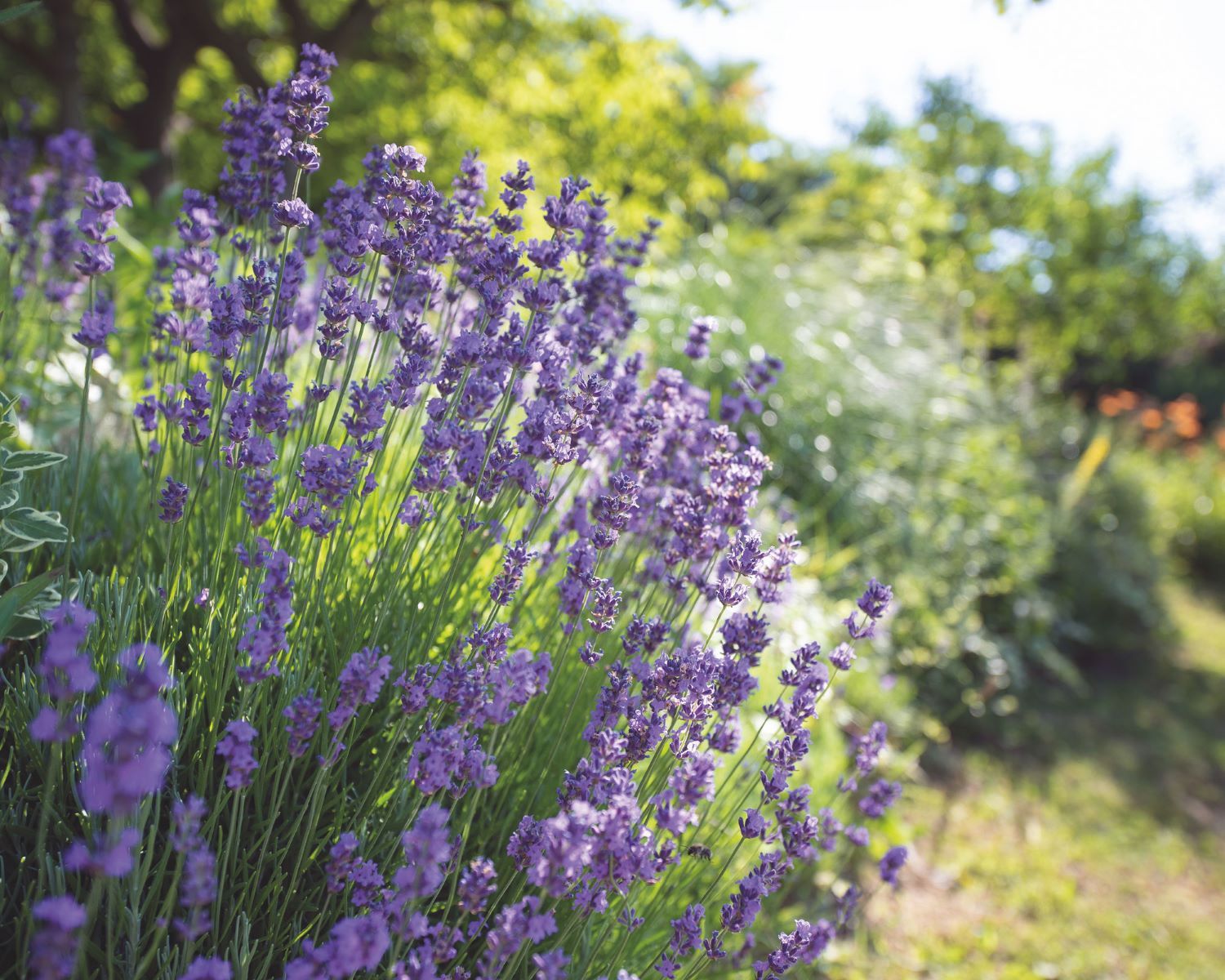
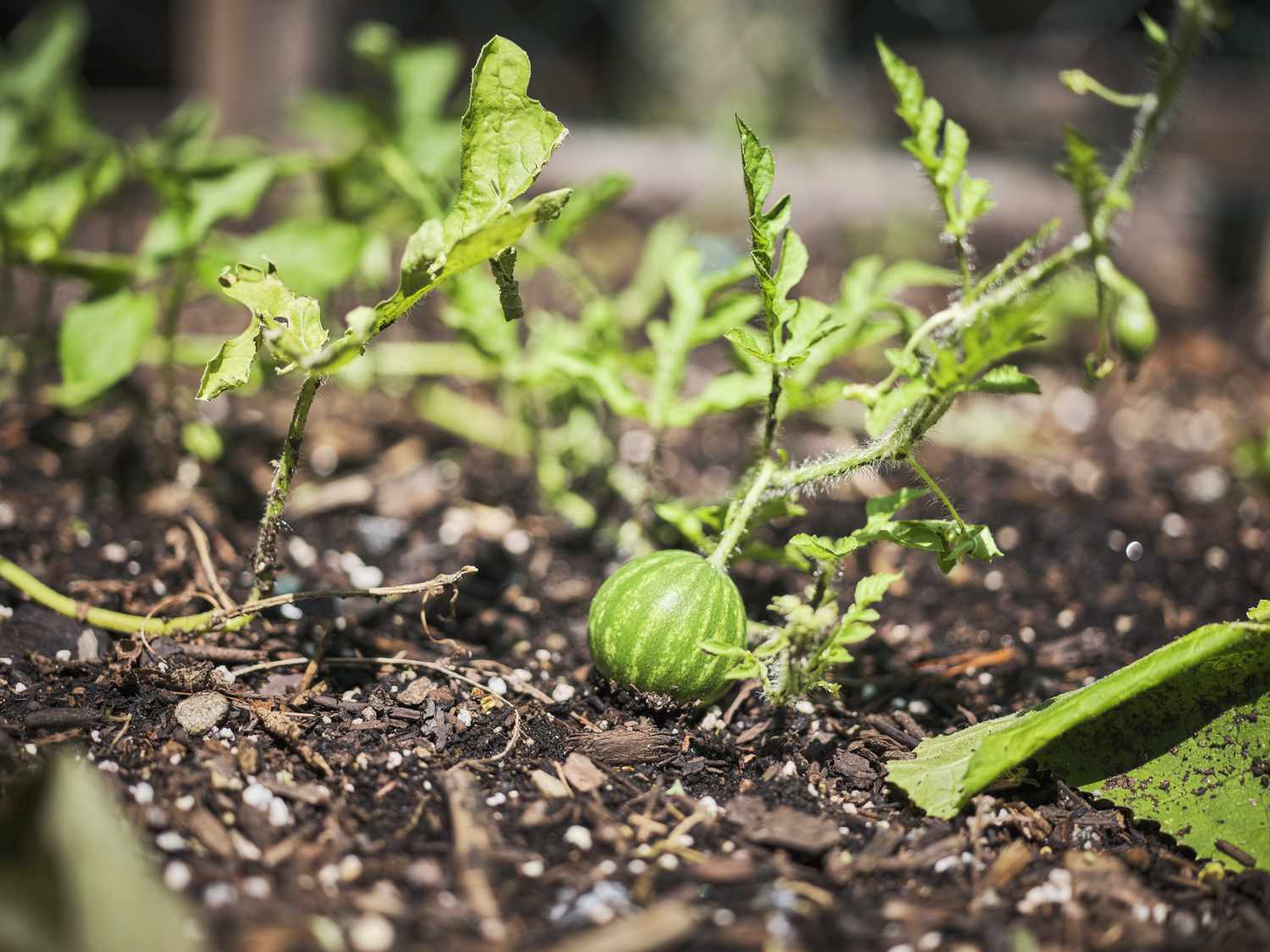
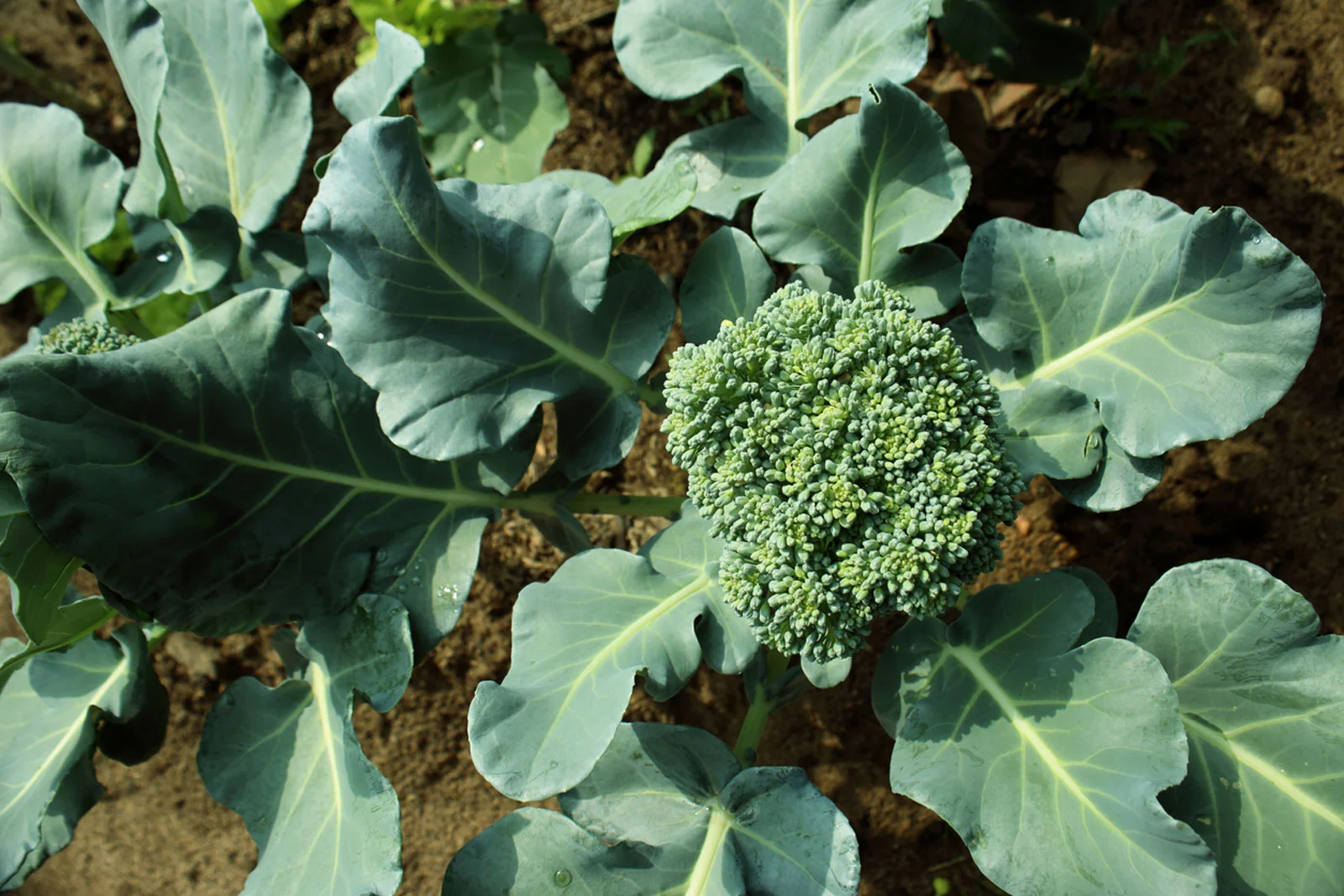
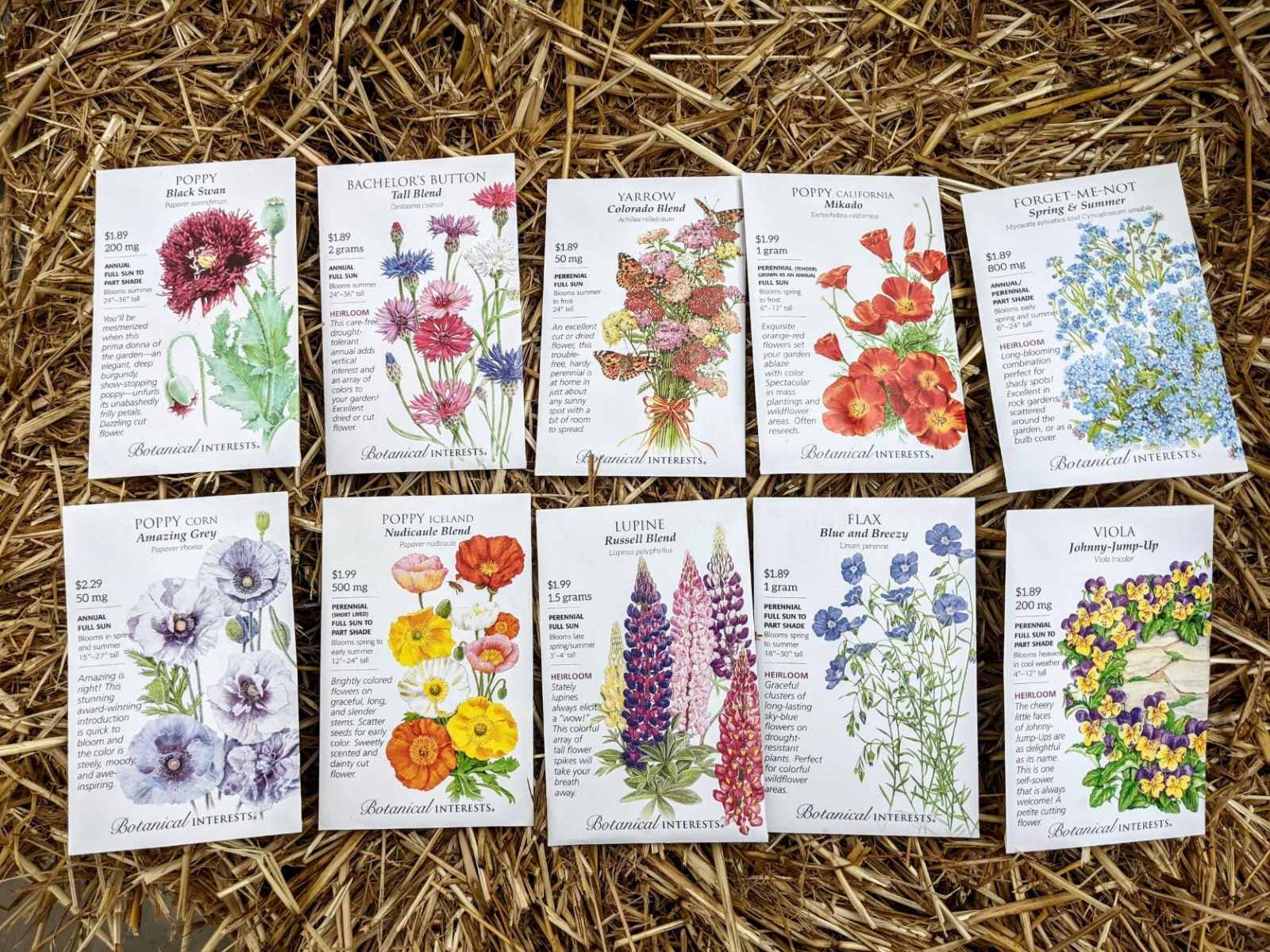
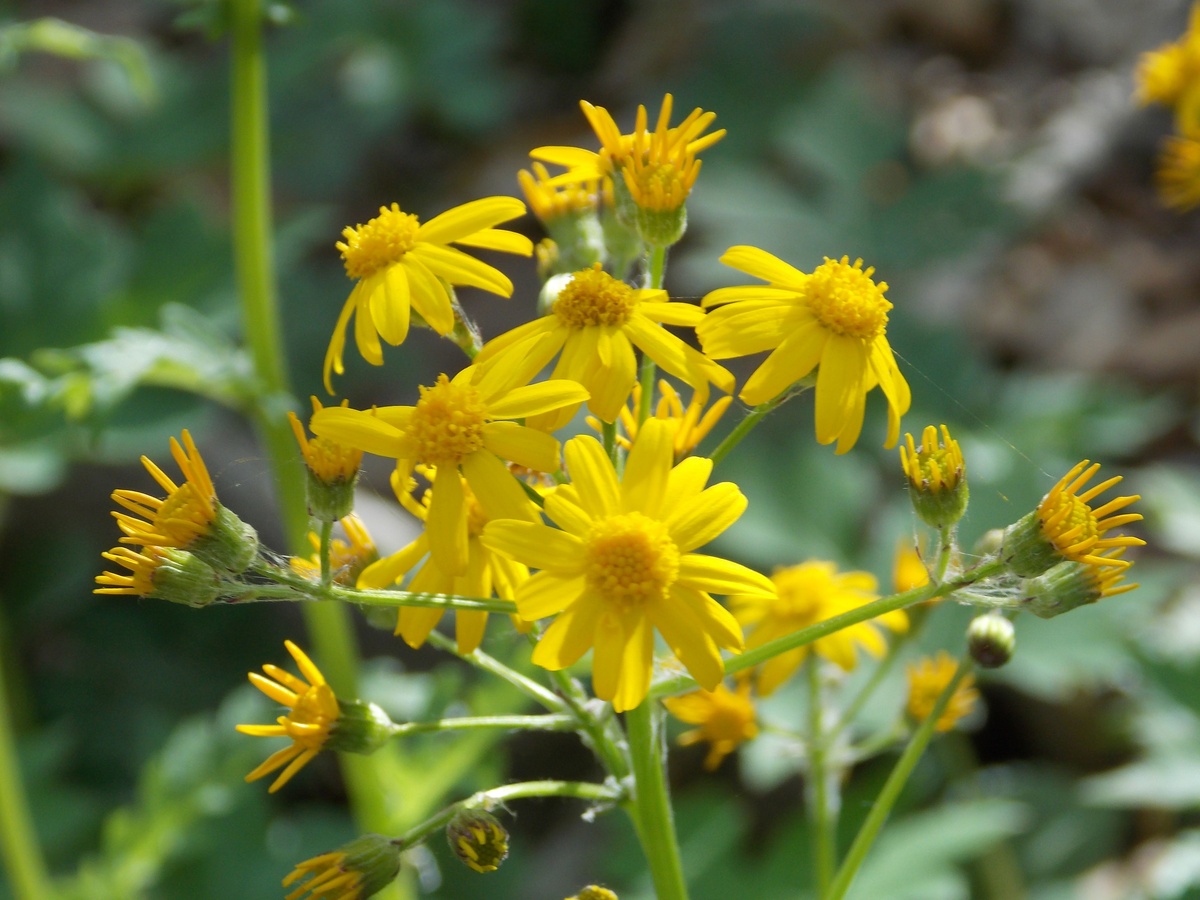
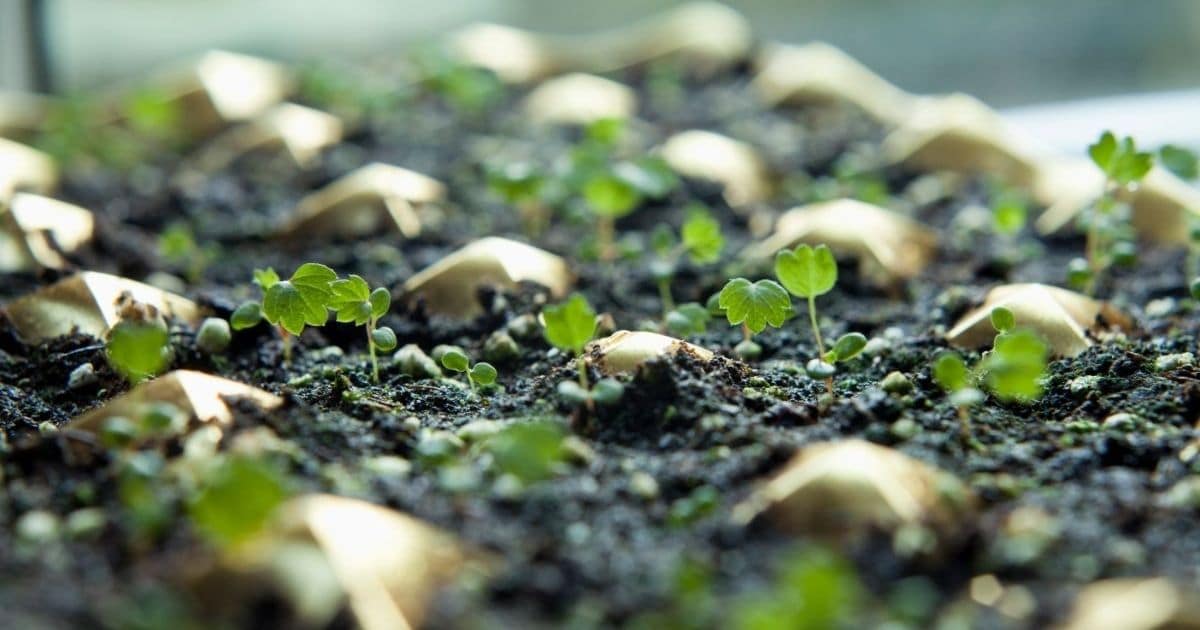
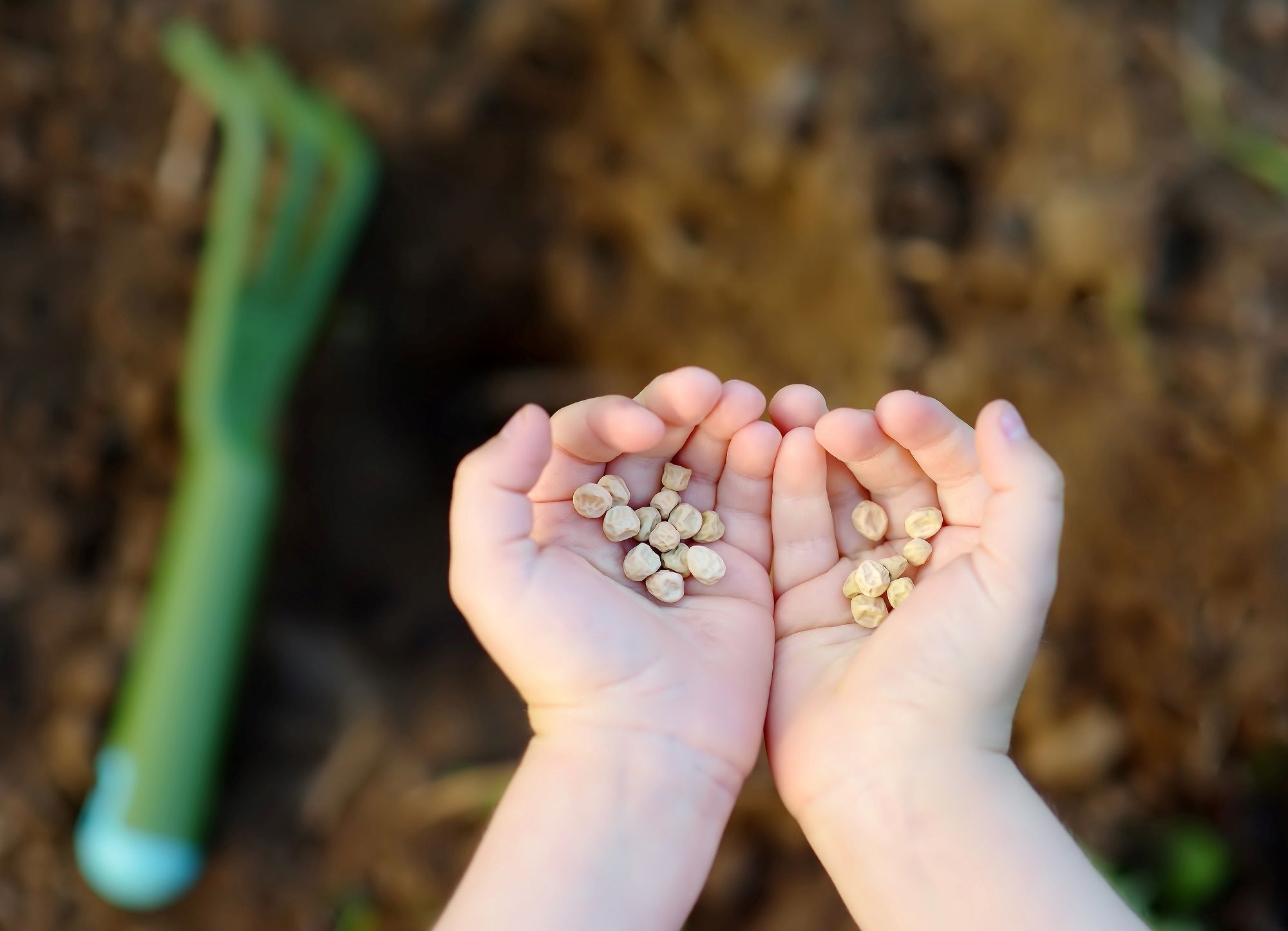
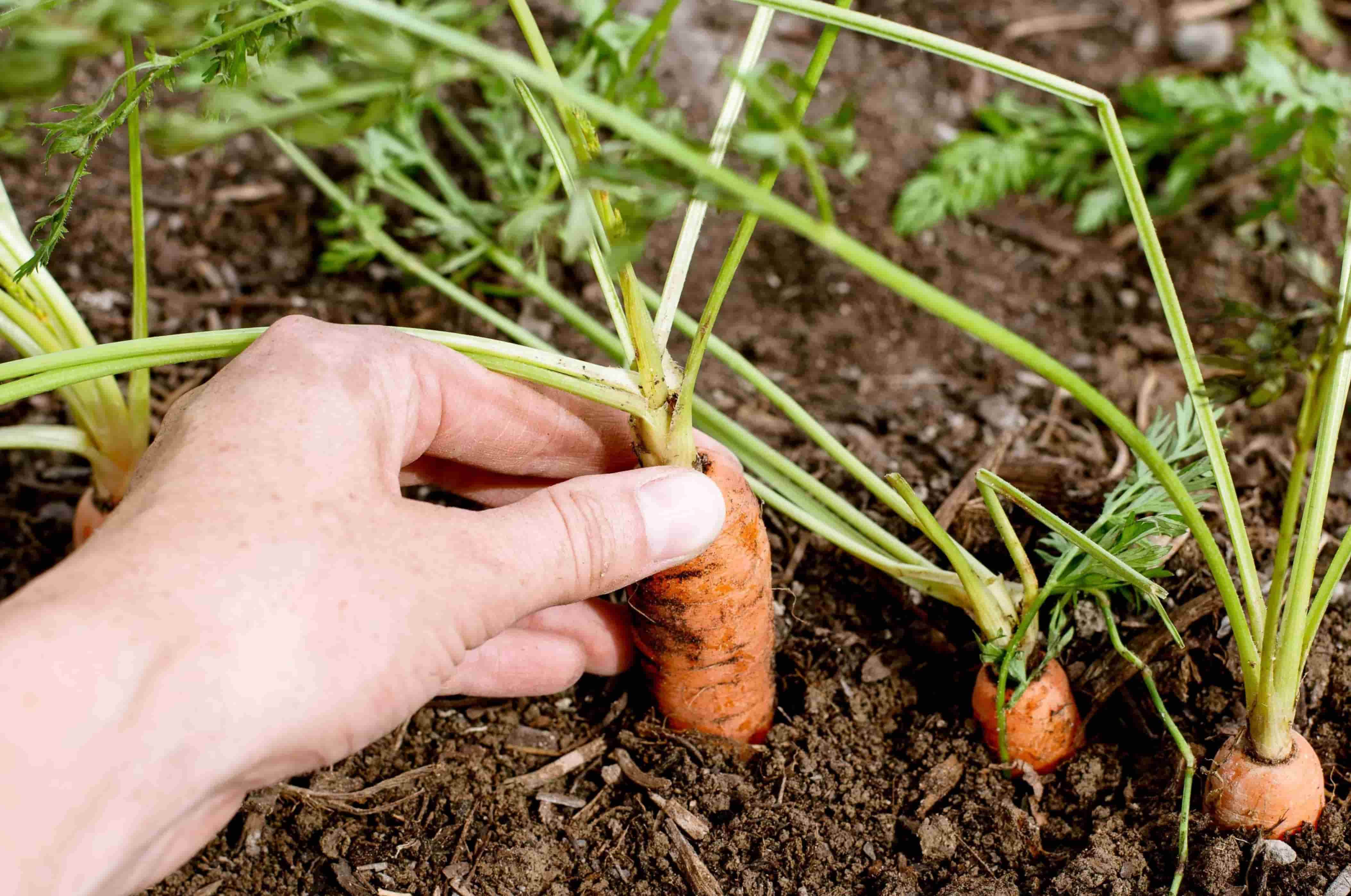
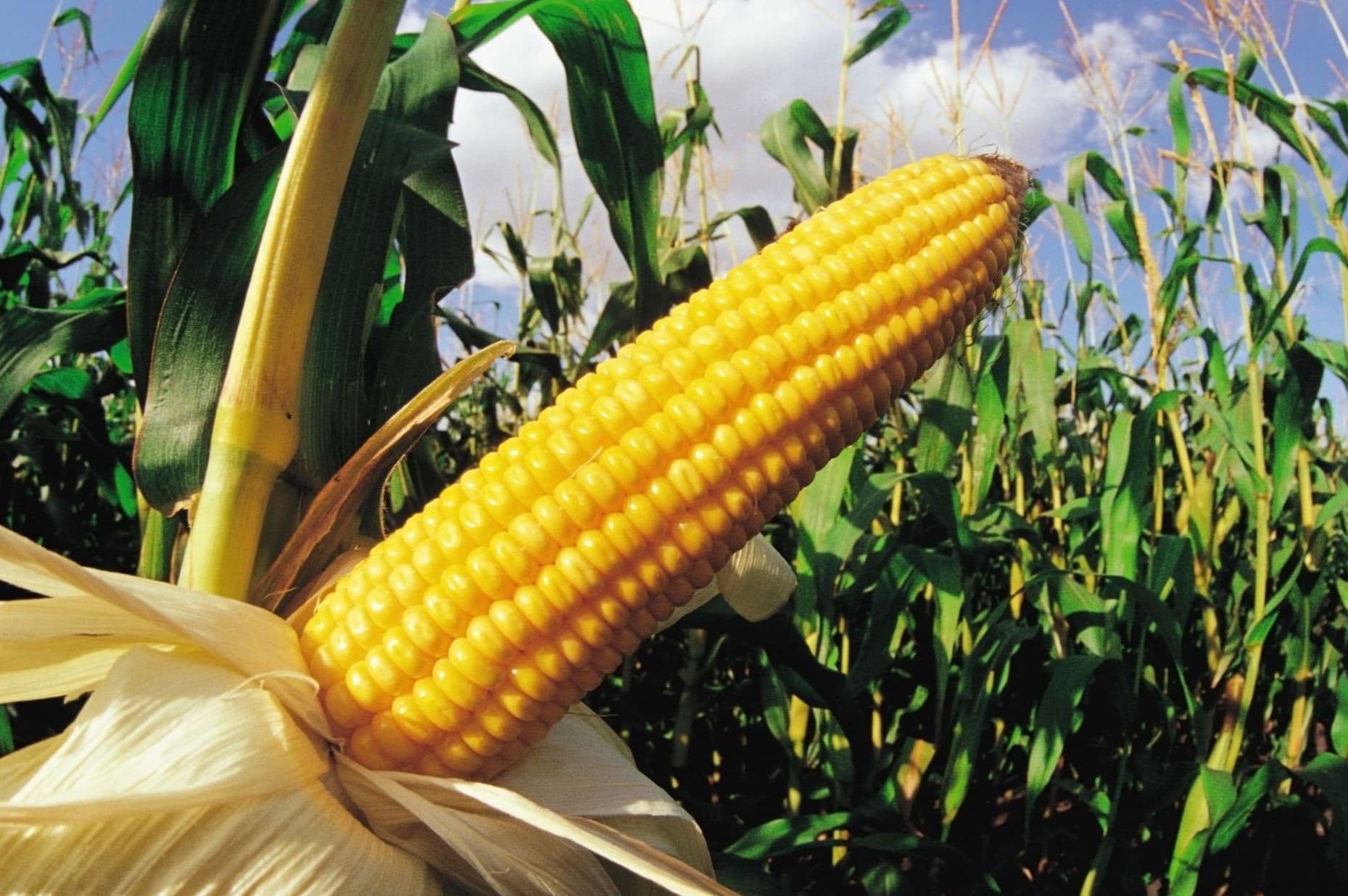
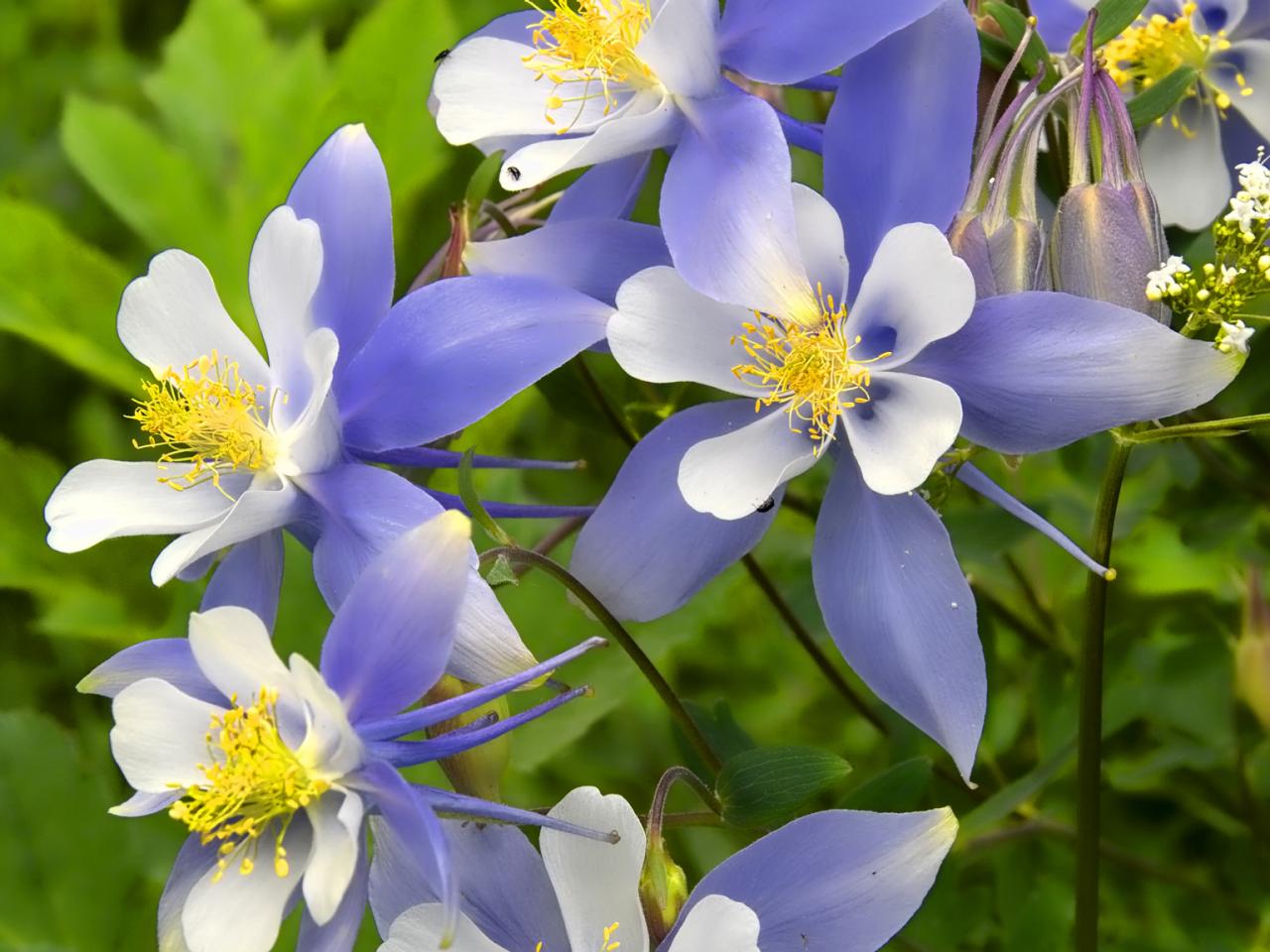
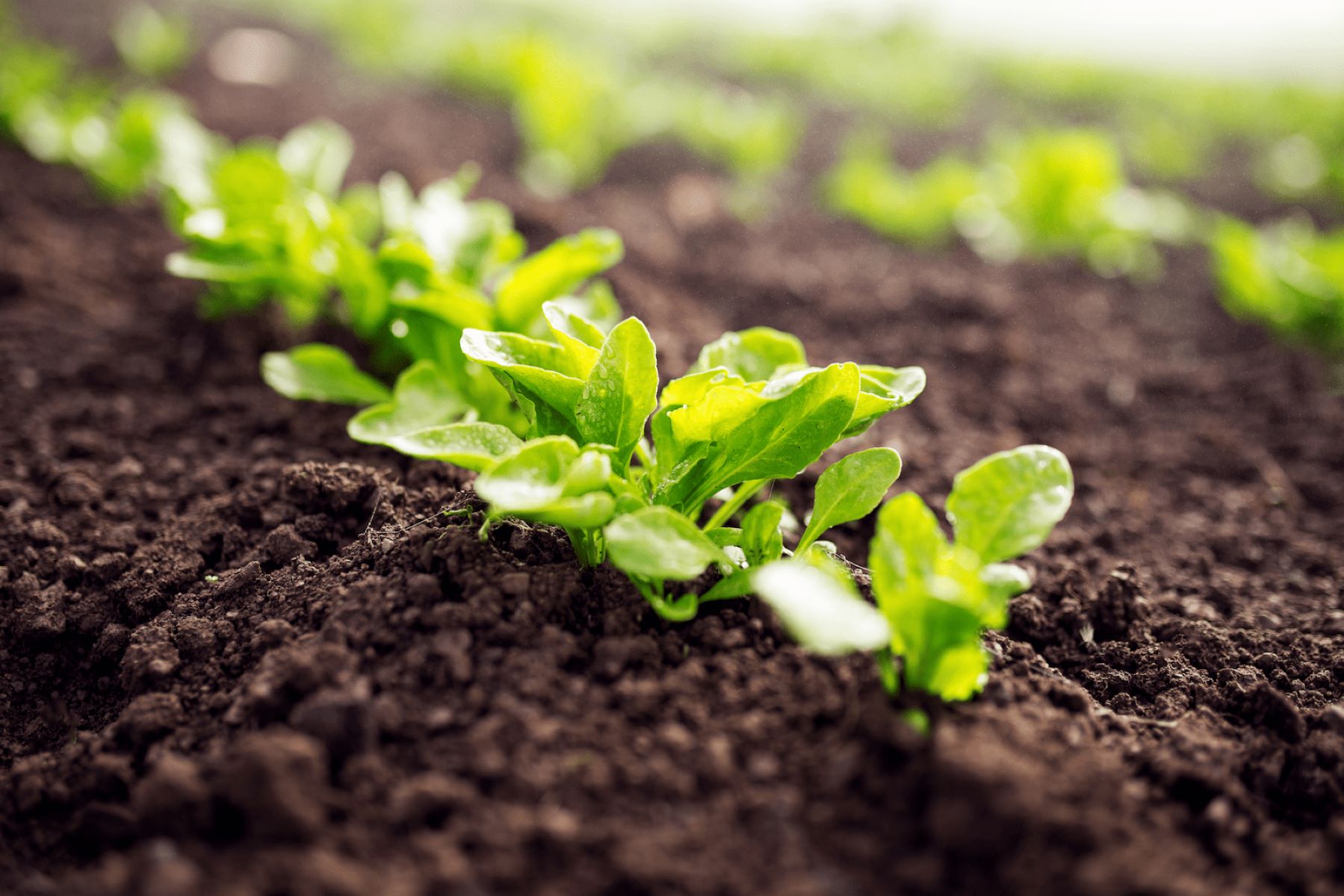
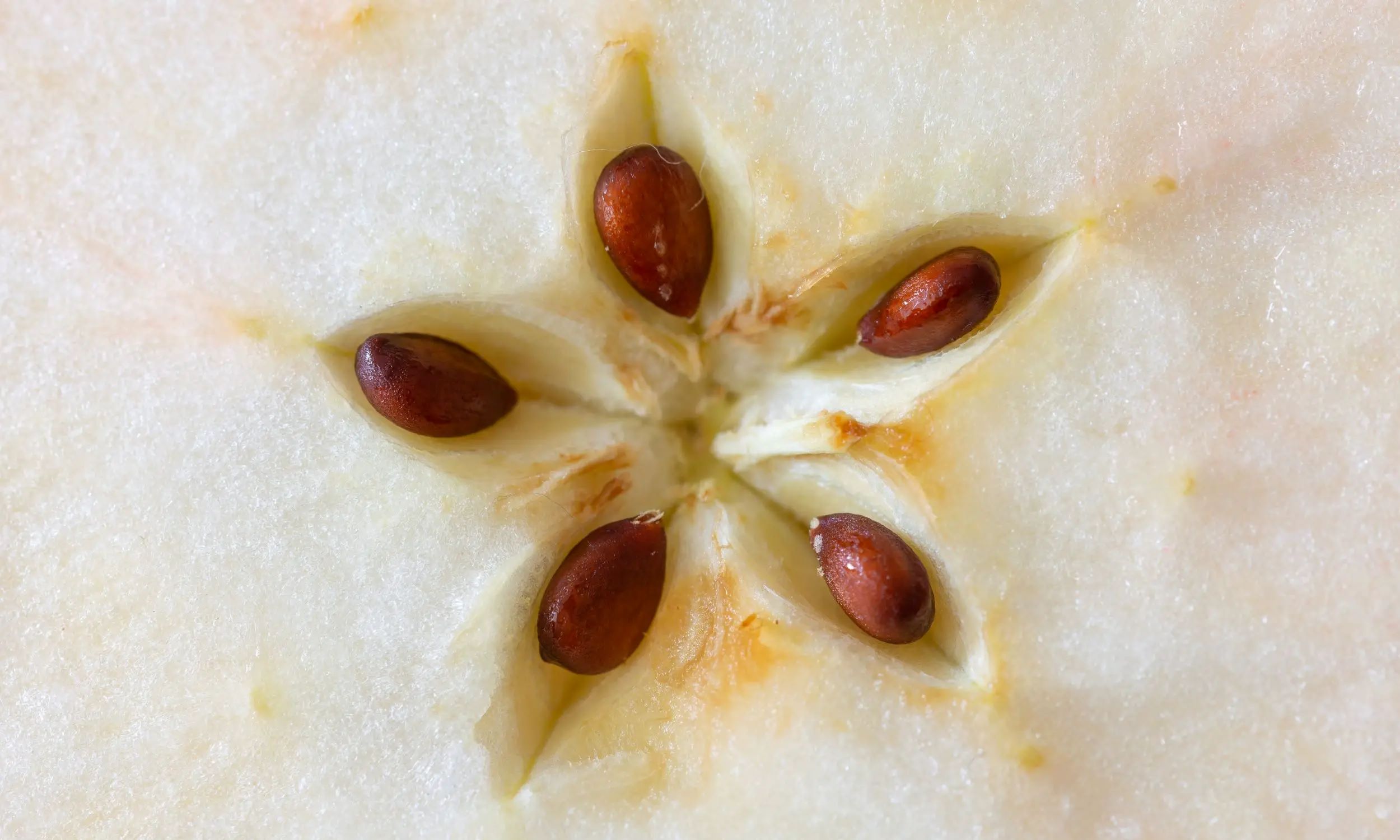
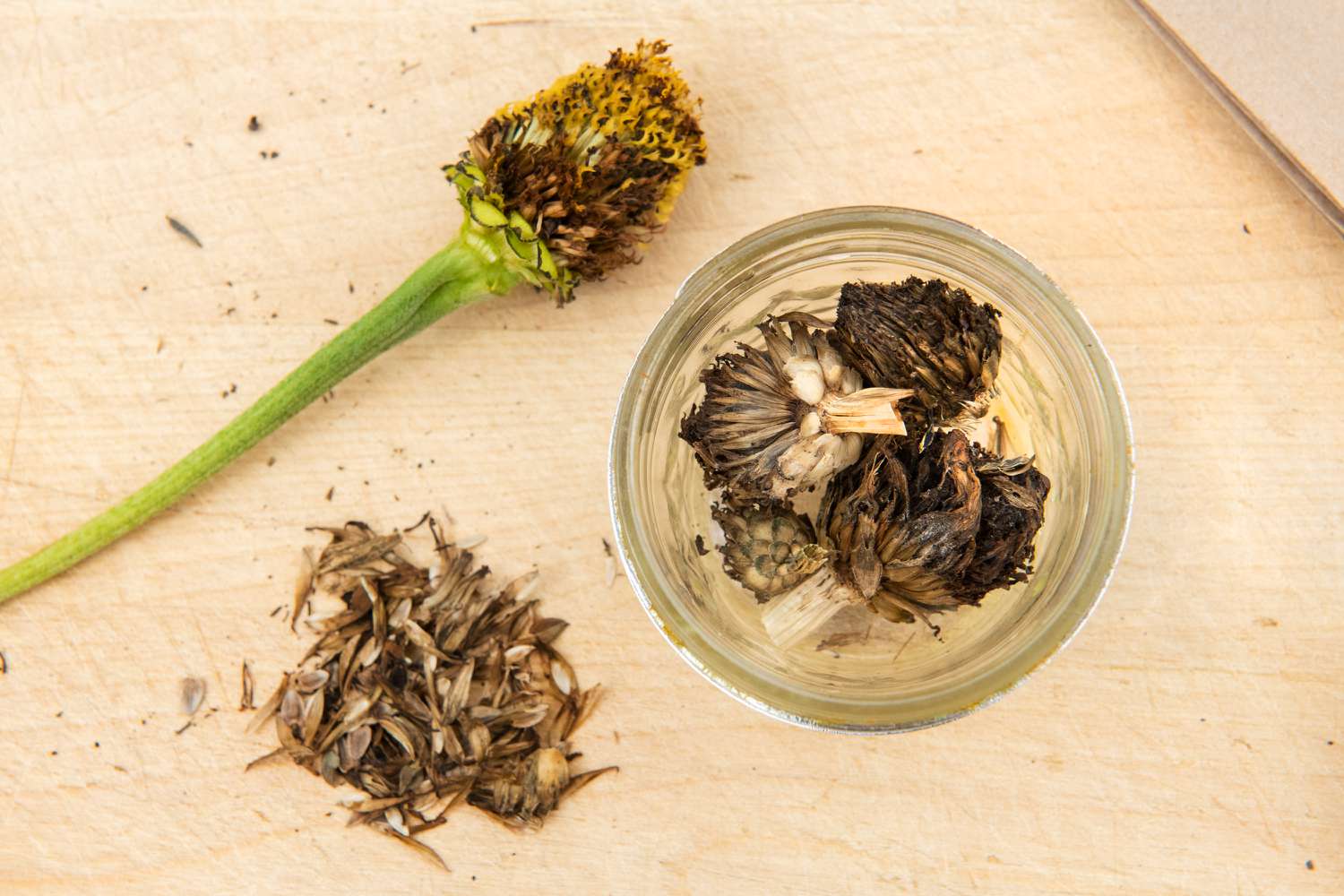
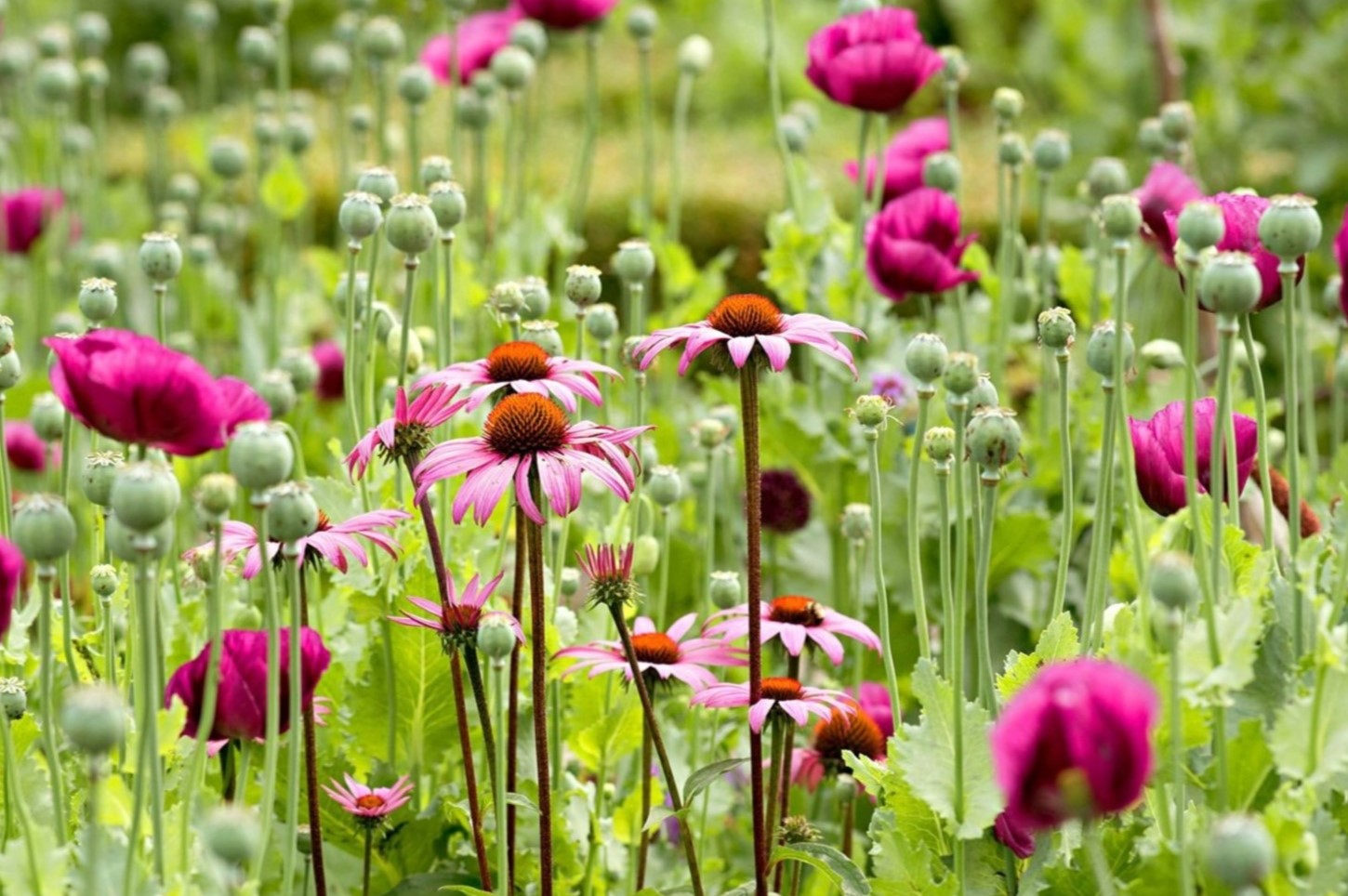

0 thoughts on “When Do You Plant Wildflower Seeds In Illinois”